During winter, the low temperatures can cause the water inside the pipes to freeze. This creates overwhelming pressure inside the pipe, which causes them to burst. If the homeowner does not turn off the water in time, a burst pipe may lead to severe flooding in the home. You will need to call a professional to fix this emergency plumbing problem.
It is important to note that only the water supply pipes are affected and not the drain pipes. Drain pipes are mainly used to pass water. These pipes are not pressurized by the colder temperatures, since they have a wider diameter compared to the water pipes with a smaller diameter.
The best prevention against frozen pipes is to keep them warm enough to stay above the freezing point. You may need to use a combination of measures to achieve this. Below are the nine best tips on how to prevent pipes from freezing:
1. Warm up the frozen pipes.
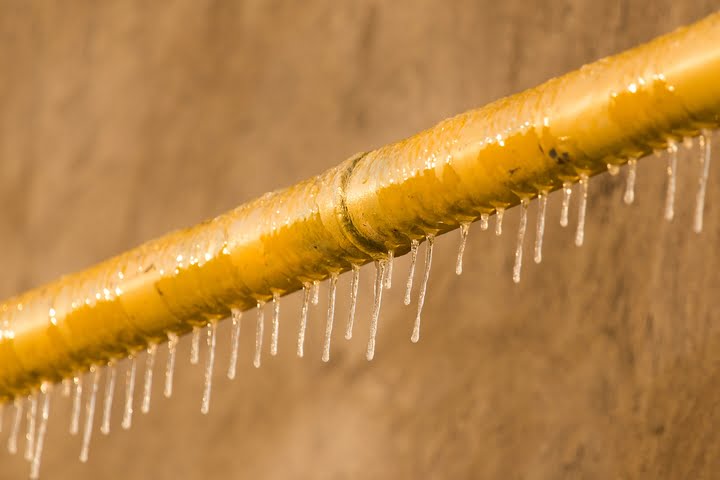
Since the pipes will not freeze at a warm temperature, the logical solution is to keep them as warm as possible. This can be achieved through heating tape, which supplies heat straight to the pipe and keep it warm during the low temperatures.
Heating tape is applied in short sections of piping that are at risk of freezing. There are two types of heating tapes available. The first kind has an automatic sensor, which switches on whenever heat is required. The other kind has a manual on and off switch. Much like a heater, operating these products comes with certain risks. Be careful to adhere to the product’s safety procedures.
2. Add extra insulation to the pipes.
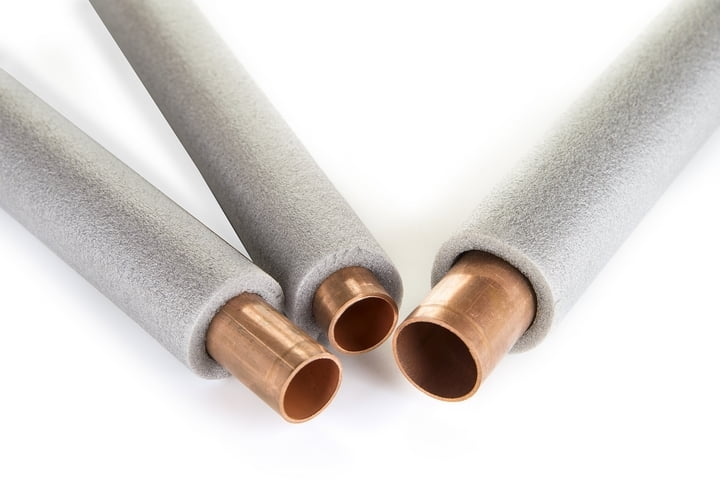
During a particularly cold winter, you may find a lot of frozen pipes throughout your house. The pipes in your basements and attics are especially susceptible to the icy temperatures. It is more common in these areas of the house because the pipes are not usually insulated.
If you have a problem with frozen pipes in your home, extra padding is the ideal solution. You can fit the pipes with foam rubber or fibreglass sleeves to decrease their chances of freezing. Insulation keeps a pipe closer to the temperature of the water inside the pipe without adding heat.
If you are unsure how to winterize the pipes, contact a plumber for their guidance. However, even the insulation cannot protect the pipes from freezing if they are exposed to prolonged periods of cold temperatures.
3. Keep the interior doors open.
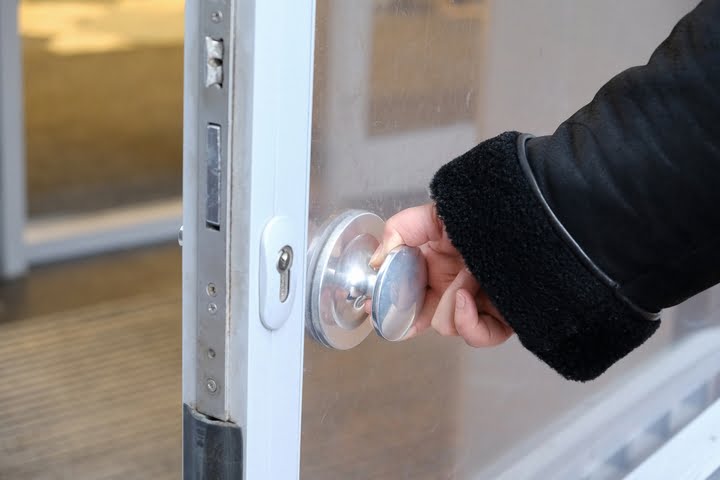
When the temperature drops, try to keep the vanity doors open to keep the air circulating freely throughout the house. The interior doors should be left open, which facilitates free airflow and allows heat to pass through the home easily.
In addition, a surprising trick is to leave your cabinet doors open during winter. This is because the pipes are often found inside cabinets. By keeping these doors open, you allow the heat from the rest of the house to travel through the cabinet areas.
4. Seal the cracks and holes in the walls.
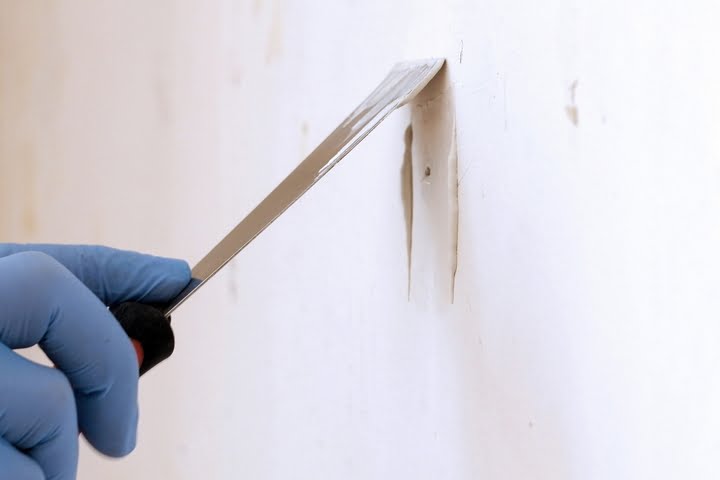
The cold air may pass through the tiny holes and cracks in your walls. These gaps need to be closed. Use spray foam insulation or caulk to seal the holes. Make sure you are sealing the holes from both inside and outside the walls.
5. Close the outdoor vents.
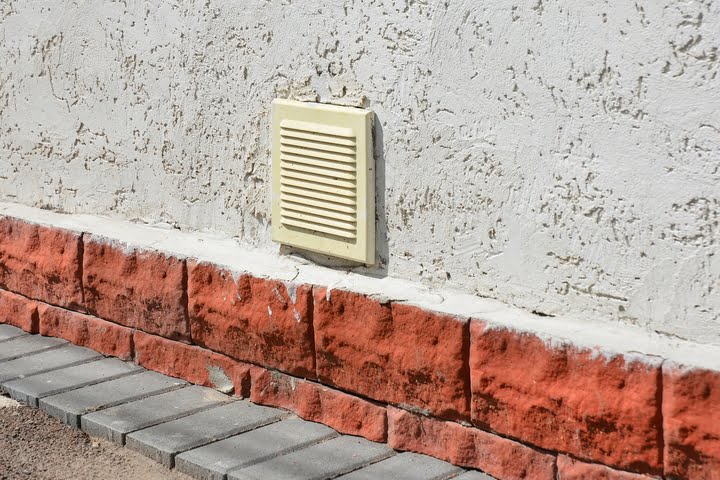
There is a widespread belief that closing the crawl space vents may be helpful during winter. The vents in your crawl space or attic can let the cold into the house, which freezes your piping systems. Close these vents to reduce the risk of exterior air from penetrating the home.
6. Use a space heater.
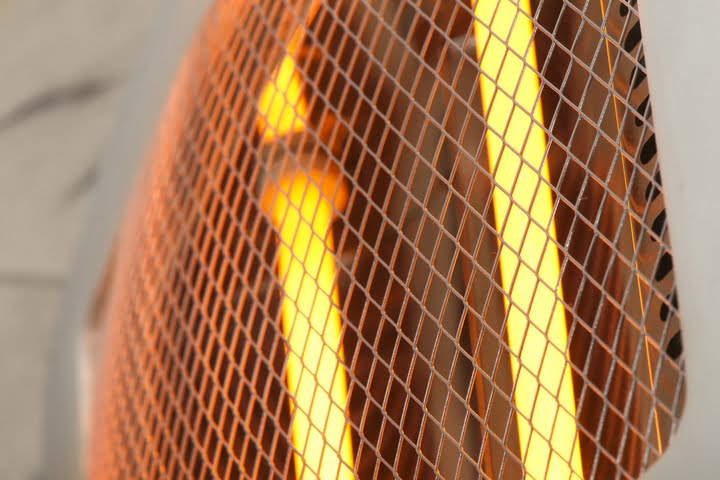
An easy way to keep unprotected pipes from freezing is to place an electric heater near them. This can help to increase the water temperature inside the pipes above the freezing point. However, be careful with the placement of the heater and how long you keep it powered on. The heaters may pose a fire hazard to your home if handled carelessly.
7. Allow the faucet to drip.
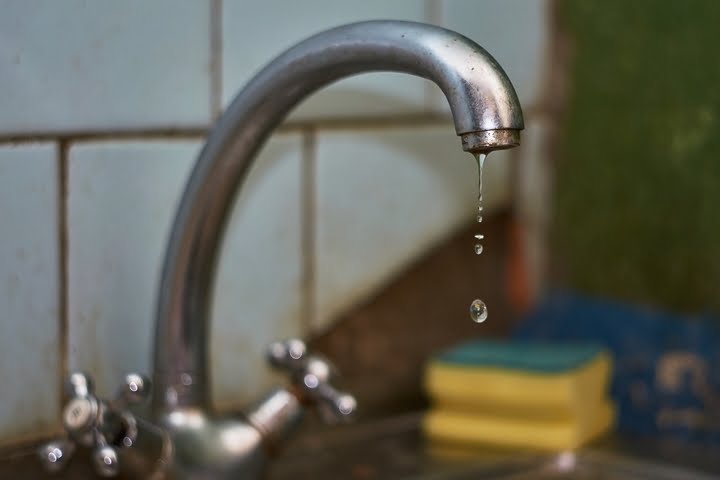
This may seem like an unconventional trick, but you can choose to leave the faucet slightly open, allowing it to drip tiny trickles of water. When a pipe freezes, the tension created between the blockage and the faucet causes it to burst. By keeping the faucet slightly open, the pressure is prevented from building up inside the pipe.
8. Leave the heat on.
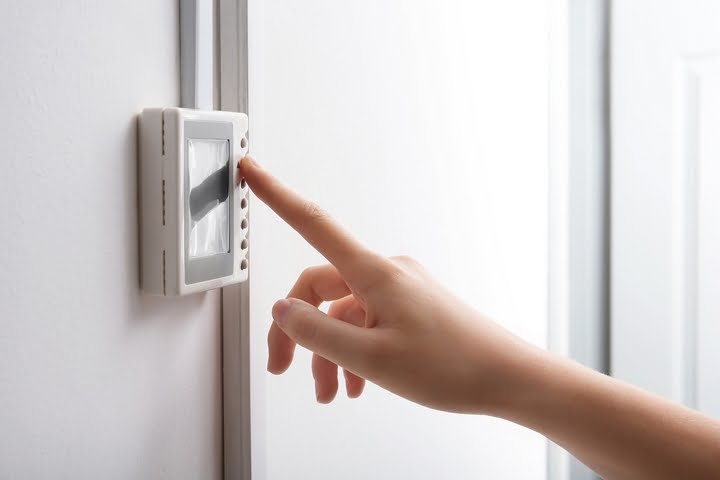
If a building is unoccupied for an extended period, you may choose to keep the heat on just to prevent the pipes from freezing. The heating requirement only needs to be minimal. Adjust the thermostat at a level that provides just enough heat to keep the pipes warm and stop the water from freezing.
9. Shut off the water completely.
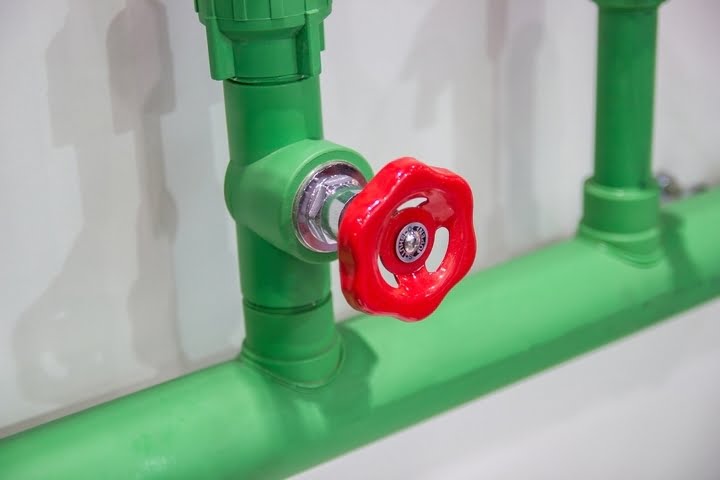
Many homeowners go on winter vacations to escape the cold climate. During these holiday travels, you should disconnect your home’s water supply completely. The water left in the pipes will most likely freeze, which means you may return home to burst pipes and a flooded mess.
In most houses, the shut-off water valve is found near the area where the water pipes connect to the house. This is often located in the kitchen, the basement, or the downstairs bathrooms.



